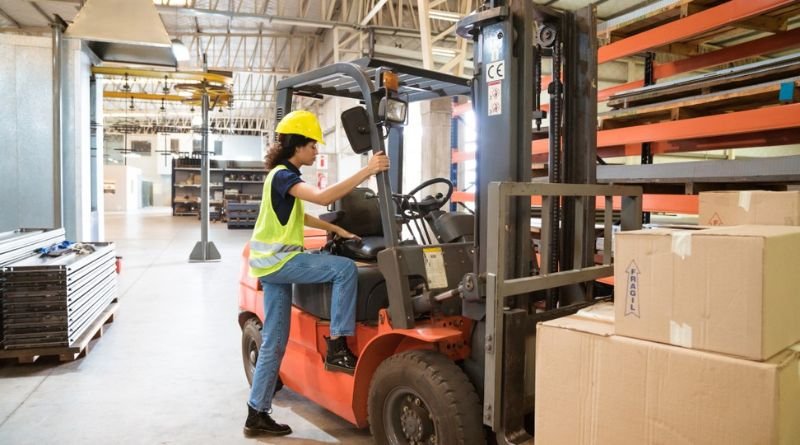The Comprehensive Guide to Forklift Safety: Best Practices and Tips

Comprehensive Guide to Forklift Safety
Importance of Forklift Safety
Operating a forklift is a significant responsibility, and adhering to proper safety protocols can prevent workplace injuries and fatalities. For instance, the Occupational Safety and Health Administration (OSHA) provides guidelines to maintain safety standards. Neglecting these guidelines can result in severe consequences, such as hefty fines and operational downtimes. Companies that invest in onsite forklift training and certification CA often see a notable reduction in workplace accidents.
Beyond complying with regulatory standards, prioritizing forklift safety fosters a healthier and more productive work environment. With skilled and certified operators, the likelihood of errors and mishaps decreases significantly, thereby safeguarding employees and equipment. Moreover, a strong focus on safety can enhance an organization’s reputation, earning the trust of both employees and clients.
Common Forklift Dangers
Understanding the common dangers associated with forklift operation is the first step toward prevention. Tipping over, collisions and improper loading are some of the frequent accidents that occur in industrial environments. Improper operation and insufficient training are the leading causes of these dangerous incidents.
Awareness of these risks can empower operators to take proactive measures, such as maintaining proper speeds, ensuring balanced loads, and carefully navigating corners. Your vigilance is crucial in mitigating these dangers. Equip operators with real-time data and feedback on their driving habits, which can help instill a culture of continuous improvement. This proactive approach to safety can drastically reduce incidents.
Proper Training and Certification
One of the most effective ways to combat forklift accidents is through proper training and certification. OSHA mandates that all forklift operators undergo comprehensive training programs that usually cover theoretical knowledge and practical skills.
Training should include classroom instruction, practical exercises, and performance evaluations. Ensuring that operators are well-equipped with this knowledge helps reduce the number of accidents and enhances overall workplace safety. Regular refresher courses are also crucial. Technology and best practices constantly evolve, so staying updated through continuous education can significantly bolster safety practices.
Routine Maintenance Checks
Regular maintenance checks are crucial to ensure that a forklift is functioning optimally. This includes checking the brakes, steering, hydraulics, and other critical components. These checks are necessary to avoid mechanical failures and subsequent accidents.
In addition to daily inspections, it’s also beneficial to follow the manufacturer’s maintenance schedule. Preventative maintenance not only extends the life of the equipment but also ensures safe operation. Using digital tools and maintenance management systems can streamline these processes, ensuring no critical checks are overlooked.
Effective Safety Measures
Implementing effective safety measures can drastically reduce accident rates. These include wearing protective gear like helmets and gloves, clearly marking pedestrian zones, and installing mirrors at blind spots to improve visibility.
Additionally, rules such as a speed limit for forklifts, designated routes for machinery, and clear signage can also minimize risks. Ensuring these safety measures are consistently followed is vital for maintaining a secure workplace. Regular safety audits and drills can reinforce these measures, making safety second nature for everyone.
Emergency Procedures
Having well-planned emergency procedures in place can save lives. Workers should be trained to respond to accidents promptly, and emergency contact numbers should be easily accessible throughout the workplace.
Regular drills can help prepare the workforce for unforeseen incidents. Knowing what steps to take during emergencies can significantly minimize the impact of accidents and ensure timely assistance. Designated first responders within the workforce and accessible first-aid stations are essential. Moreover, clear and concise communication channels are crucial during emergencies to manage the situation efficiently.
Creating a Safety Culture
Fostering a culture of safety in the workplace is essential. This involves regular training sessions, safety meetings, and encouraging employees to report hazards without fear of retribution. A proactive approach to safety can lead to a more secure work environment.
Management should lead by example and emphasize the importance of safety in every aspect of operations. When safety becomes a core value of the organization, adherence to protocols naturally follows. Rewarding and recognizing employees who contribute to safety initiatives can also encourage an environment where safety is prioritized and celebrated.



